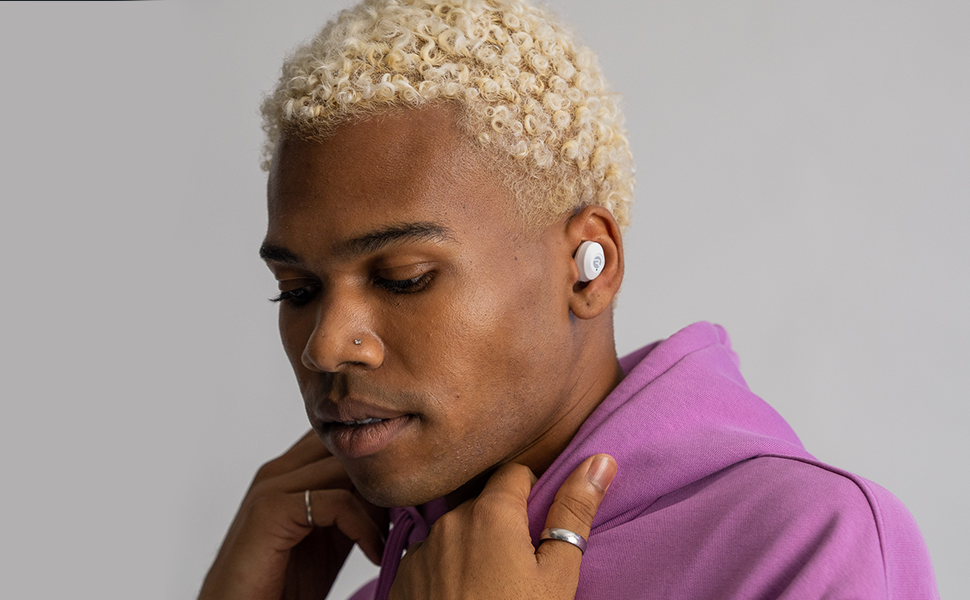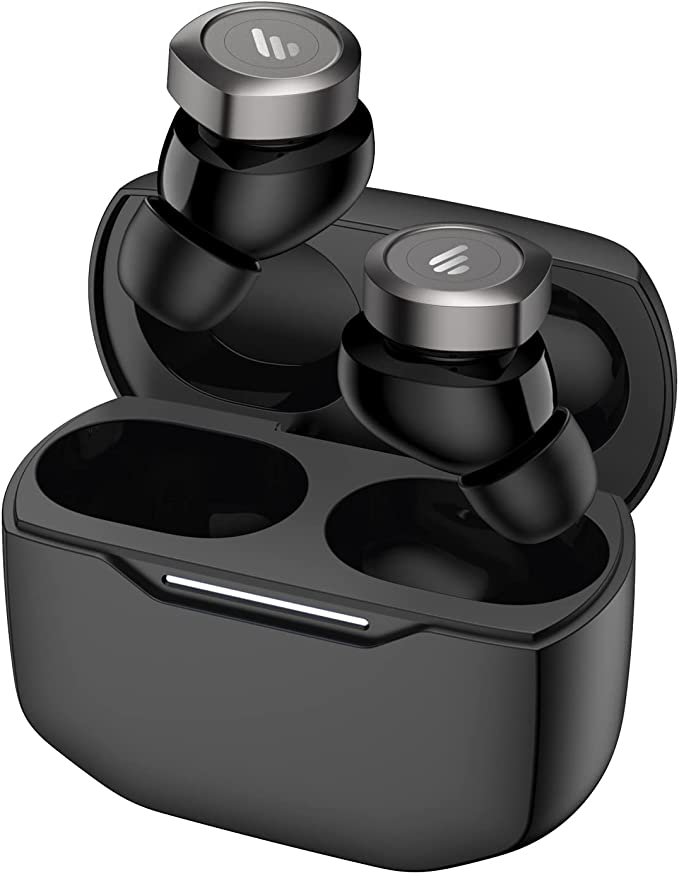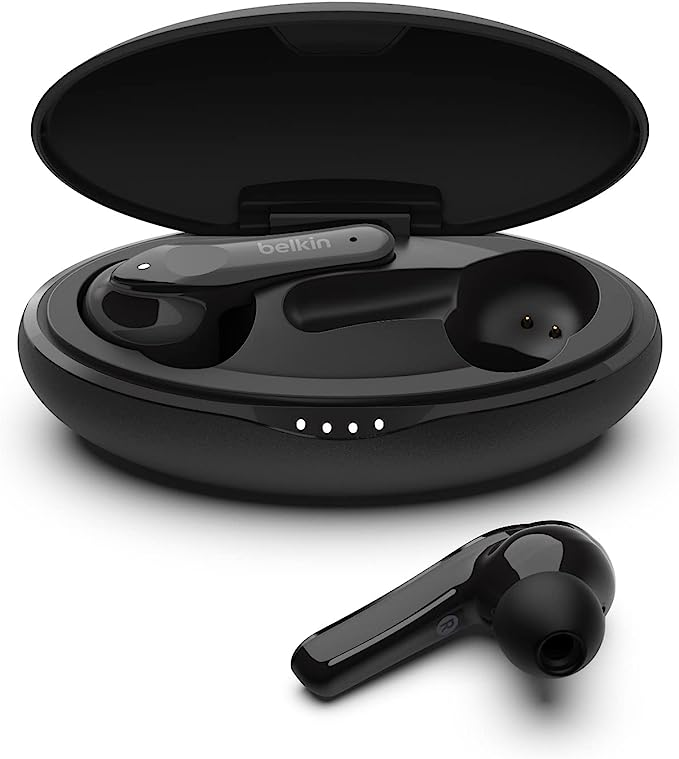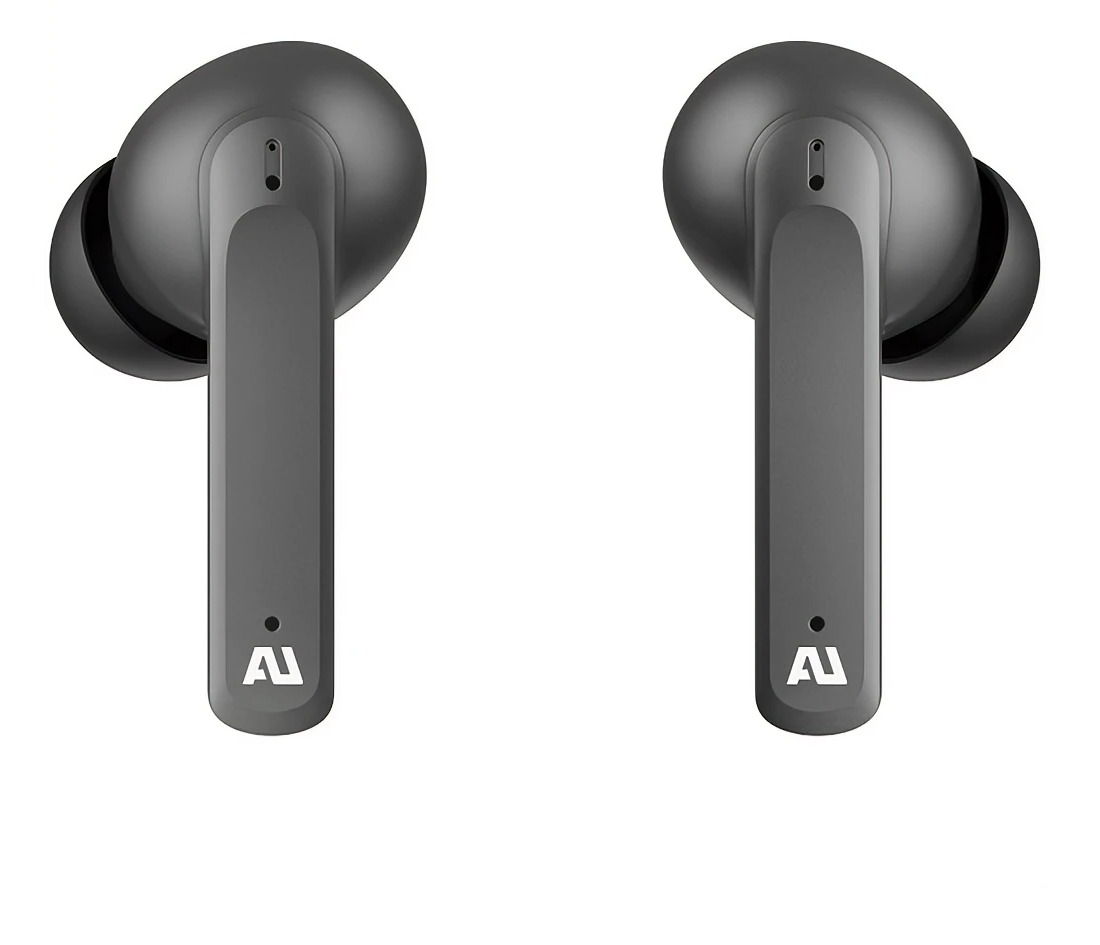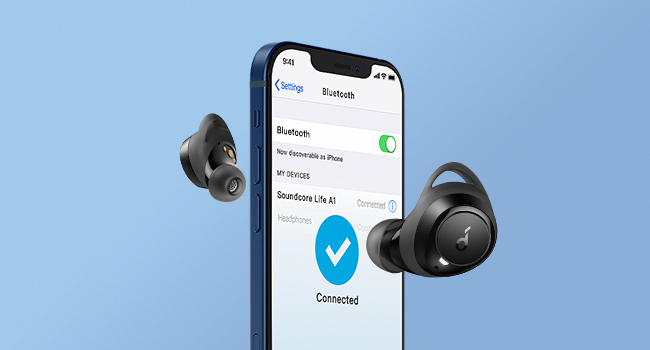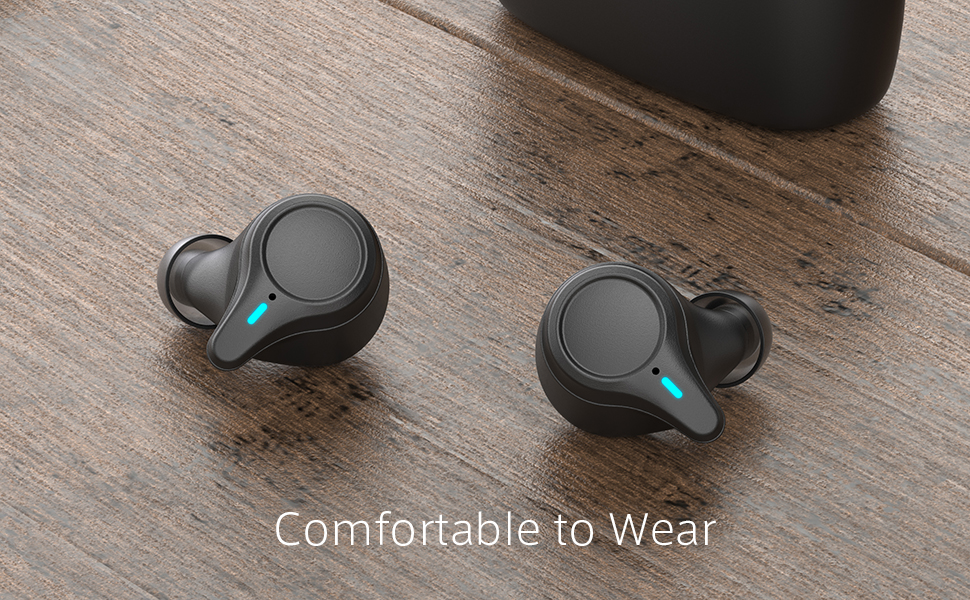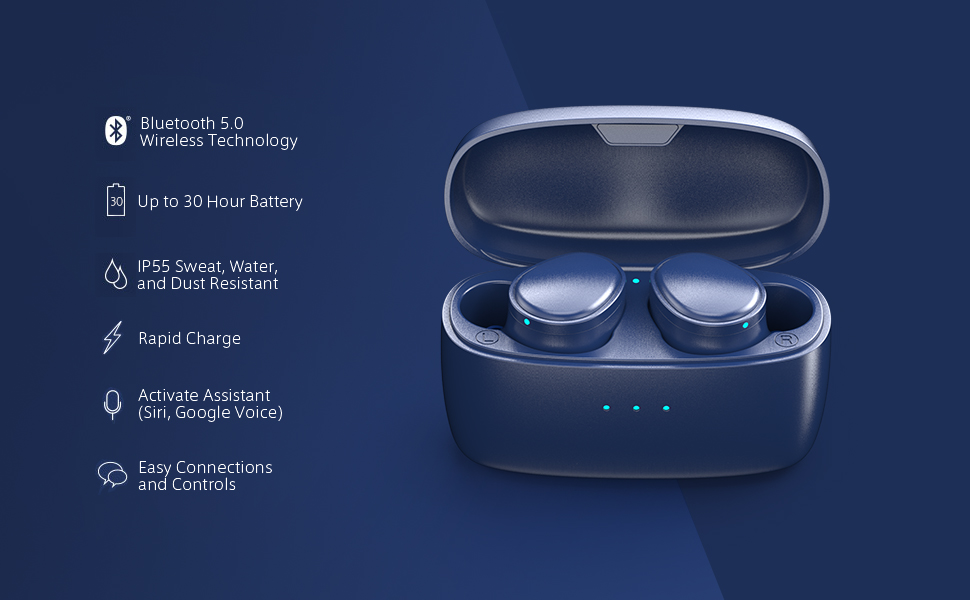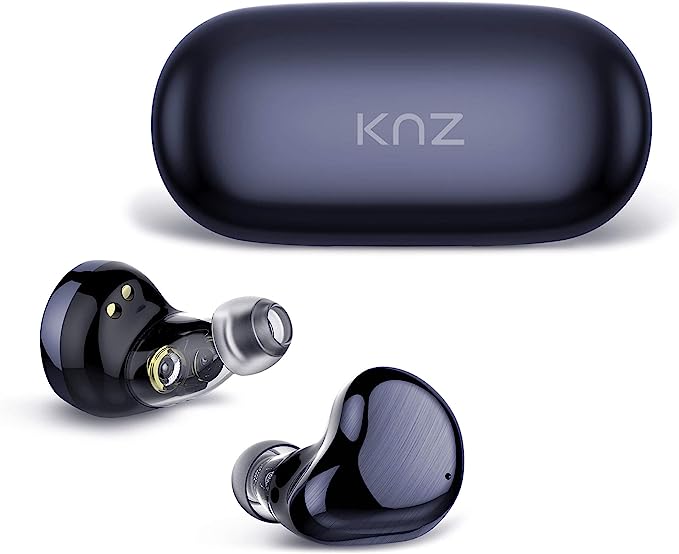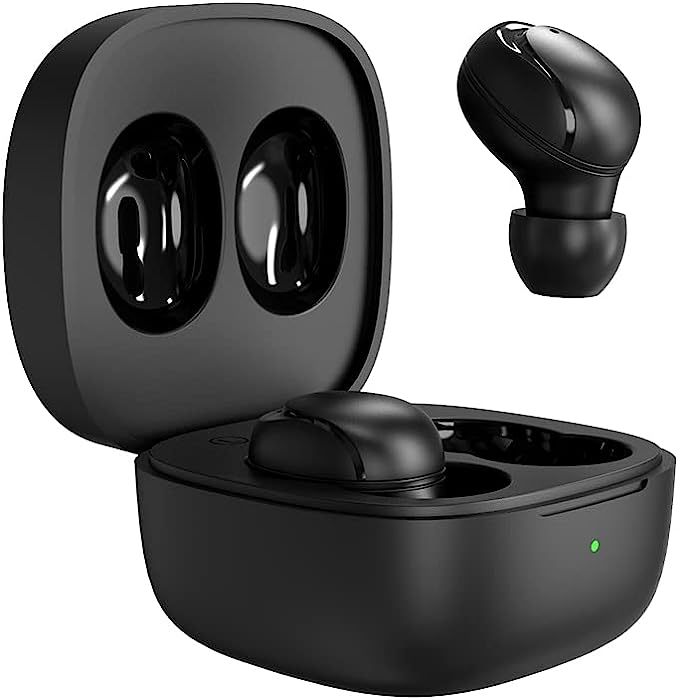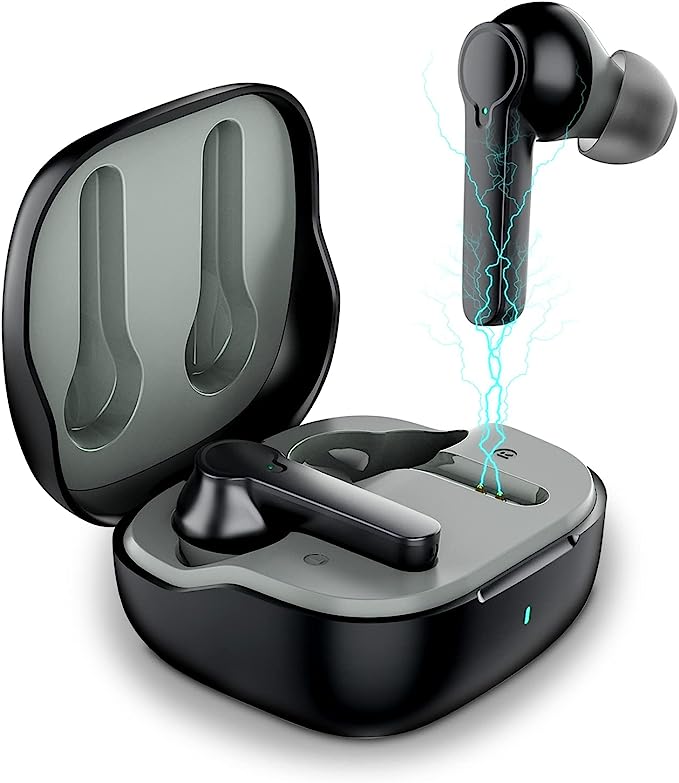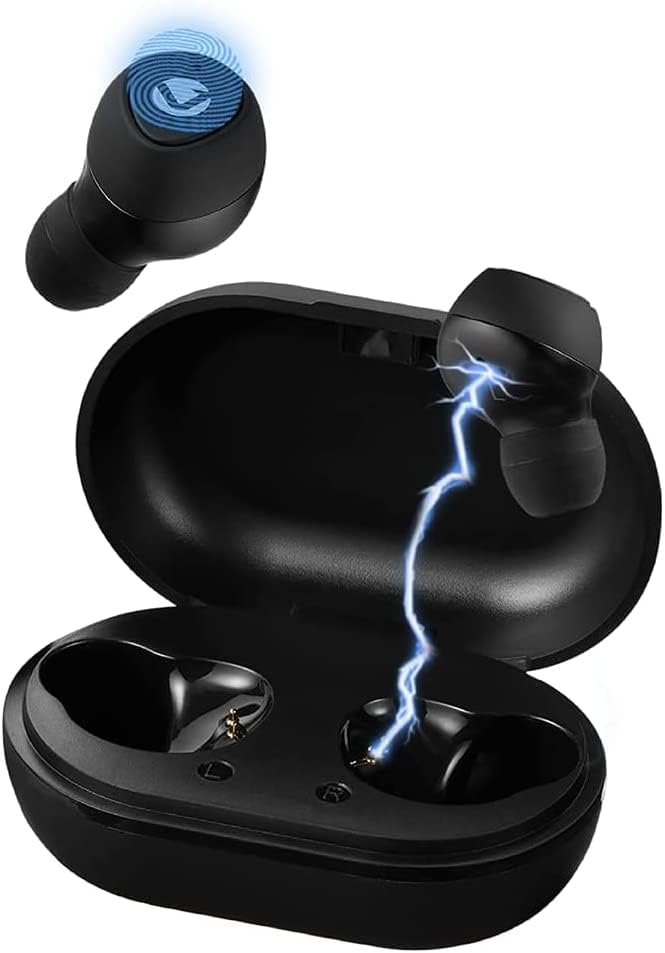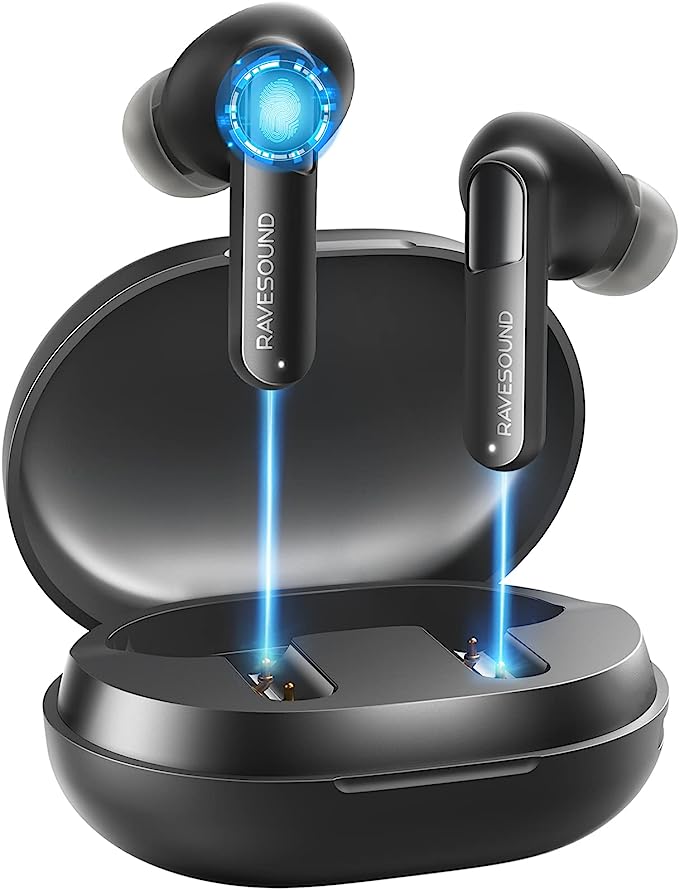The King's Tooth and Your Earbuds: A Secret History of Wireless Freedom
Update on July 1, 2025, 12:32 p.m.
Let’s begin our story not in a sterile Silicon Valley lab, but in the frost-rimmed lands of 10th-century Denmark. Our hero is a Viking king, Harald Gormsson, a unifier of nations renowned for a rather unfortunate dead tooth, so dark it earned him the nickname Blåtand—or as we’d say today, “Bluetooth.” What on Earth, you might ask, does a thousand-year-old monarch have to do with the pair of wireless earbuds you just tossed in your gym bag?
The answer is everything. It’s the secret thread connecting an ancient legacy to the profound, almost magical, freedom of modern wireless audio. The next time you pop in a pair of earbuds like the Belkin SOUNDFORM Move, you’re not just listening to music; you’re plugging into a piece of history, a quiet revolution that started with a king’s tooth.

The Invisible Leash That Finally Snapped
Back in the 1990s, engineers at Ericsson faced a conundrum. They dreamt of a world where devices could talk to each other without the tangled mess of cables. They needed a unifying name for this short-range radio technology, something universal. One of the engineers, Jim Kardach, happened to be reading a book about Vikings and was struck by King Harald “Bluetooth” Gormsson’s feat of uniting the warring tribes of Denmark and Norway. Their mission was the same: to unite the disparate communication protocols of the digital world. And so, a legend was reborn as a technology. The iconic Bluetooth logo? It’s a fusion of two ancient runes representing Harald’s initials, H and B.
Today, that legacy lives on in the form of Bluetooth 5.0, the invisible pipeline that makes devices like the Belkin SOUNDFORM Move True Wireless Bluetooth Earphones possible. This isn’t just a minor upgrade. It’s a leap in efficiency, defined by the Bluetooth Special Interest Group (SIG) to use significantly less power (Bluetooth Low Energy) while maintaining a rock-solid connection over a range of up to 30 feet. Think of it as the perfect invisible leash—strong, long, and incredibly energy-efficient. It’s the primary reason a tiny battery inside each earbud can deliver up to five hours of continuous playtime, allowing you to move freely without the audio ever stuttering or dropping. It’s the fulfillment of that initial dream: seamless, effortless unity.

Building Your Private Bubble in a Noisy World
Now that you’ve been freed from the tyranny of wires, how do you achieve freedom from the cacophony of the world around you? Before spending a fortune on complex Active Noise Cancellation (ANC), consider the elegant, simple physics at play in your ears. The SoundForm Move comes with three sizes of silicone ear tips, and finding your perfect fit is more than a matter of comfort—it’s an act of acoustic engineering.
This is called passive noise isolation. Imagine you’re trying to listen to a friend in a loud café. You instinctively cup your hands over your ears. You’ve just created a physical barrier to block the ambient sound waves. The silicone ear tips do the exact same thing, creating a snug seal in your ear canal that acts like a tiny, custom-fit soundproof door. It’s particularly effective at blocking out high-frequency sounds like chatter and keyboard clicks.
This has a fascinating side effect, explained by a principle known as the Fletcher-Munson curves in psychoacoustics. These curves show that human ears are less sensitive to low frequencies (bass) at lower volumes. By physically blocking out competing noises, you allow your brain to perceive the existing bass more clearly and richly, even at a moderate volume. You’re not adding bass; you’re simply unmasking what was already there. It’s a clever, battery-free way to create your own private concert hall.

The Courage to Face the Day (and the Drizzle)
True wireless freedom isn’t just about the absence of cables; it’s about the confidence to take your audio anywhere. This is where we need to talk about another code: IPX5. According to the International Electrotechnical Commission’s standard (IEC 60529), this rating is a certificate of resilience. The ‘X’ means it hasn’t been tested against solids like dust, but the ‘5’ is crucial. It certifies that the earbuds can withstand low-pressure water jets from any direction.
In human terms? You can sweat all over them during a workout, get caught in a surprise rain shower on your run, or splash water on them without a second thought. But it’s also an honest standard; it does not mean they are waterproof. You cannot swim with them. This isn’t a limitation; it’s a scientifically defined boundary that gives you the courage to live your life, knowing your technology can keep up.
This all-day courage is backed by a tiny powerhouse: the charging case. Housing its own lithium-ion battery, the case is a miniature life-support system for your earbuds. The five hours of playtime is impressive for their size, but the extra 19 hours waiting in the case is what truly enables a full day of use. It’s the ultimate defense against modern life’s most pervasive anxiety: the dreaded low-battery warning.

An Echo of Reality: The Art of Compromise
Now, let’s be honest. In the real world, no product, especially an affordable one, is perfect. User reviews for the SoundForm Move are a testament to this. While many praise the sound quality for music and the reliable battery, a recurring theme is a less-than-stellar microphone quality for phone calls. People on the other end of the line might complain you sound distant or that background noise is overwhelming.
Is this a flaw? Not exactly. It’s a choice—a deliberate engineering trade-off. Creating crystal-clear call quality requires sophisticated technology, like multiple-microphone arrays and advanced noise-cancellation algorithms (like cVc), which add significant cost and complexity. In designing a product for accessibility, engineers must make tough decisions. Here, the choice was to prioritize the listening experience—the music, the podcasts.
You can see another example of this “art of compromise” in the charging port. The use of a Micro-USB cable, rather than the more modern USB-C, can feel dated. But for a product first available in 2021, it was a decision that kept the final price tag down, making the entire package more attainable for more people. It’s a tiny, physical reminder that every feature in a product is part of a complex equation of performance, cost, and accessibility.
The Miracle in Your Pocket
So, we circle back to King Harald Bluetooth, the unifier. His legacy wasn’t just in conquering, but in connecting. That same spirit drove the creation of a universal standard that now connects billions of devices worldwide.
The journey from that 10th-century nickname to the intricate dance of radio waves, acoustic physics, and battery chemistry happening inside a pair of earbuds like the Belkin SoundForm Move is a quiet miracle of human ingenuity. It’s the story of how a grand, revolutionary idea becomes so refined, so optimized, and so accessible that it can be casually purchased, used, and even taken for granted.
The next time you place those tiny buds in your ears and the world fades away to the first note of a song, take a moment. You’re not just pressing play. You are activating a legacy—a small, affordable piece of a grand, thousand-year story about our relentless quest to connect and be free.
